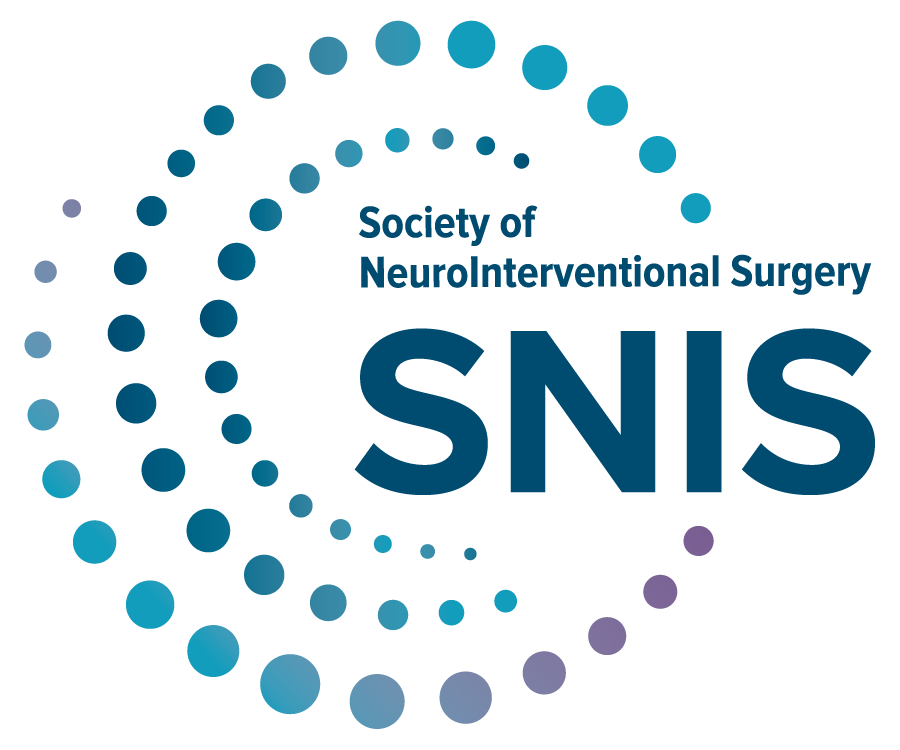Corinne lost her mother to a stroke. She never thought it could happen to her, too.
While chatting with a resident of the assisted living facility she works at in Ooltewah, Tenn., 63-year-old Corinne felt that something wasn’t right. After returning to her desk with the concerned resident, she suddenly couldn’t speak and wasn’t aware of what was happening around her.
She heard the resident call for help to a nearby nurse: “Get over here, there’s something wrong with Corinne.”
As they dialed 9-1-1, Corinne still couldn’t speak, but was later able to get on the stretcher by herself. During the ambulance ride to a nearby hospital in Chattanooga, she remembers hearing the EMTs reassure her that she would be OK.
Her husband and son were waiting in the hospital room when she got back from a CAT Scan. Shortly after, her pastor came to have prayer with her before Dr. Blaise Baxter walked in.
Corinne assumed she was going in for more tests, unaware that Dr. Baxter was about perform her life-saving neuroendovascular stroke surgery. As soon as the surgery was over and she was wheeled into ICU, she immediately regained the use of her arms and voice.
“It was a total miracle to me,” Corinne said.
While at the hospital a few days later, the medical staff informed Corinne that she had hyperthyroidism — a condition that had caused her rapid heartbeat, which led to atrial fibrillation and caused the clot.
It took Dr. Baxter 20 minutes to remove Corinne’s clot through neuroendovascular stroke surgery. If Corinne’s stroke had happened in her small hometown in Pennsylvania, which does not have a neuroendovascular-capable facility, she might not have gotten the treatment in time — or at all.
Corinne is thankful for her recovery and second chance, and she is focused on telling her story to raise awareness about how neuroendovascular stroke surgery saves lives.
“I’m so thankful for what they have discovered and what they are doing to help other people,” she said.

